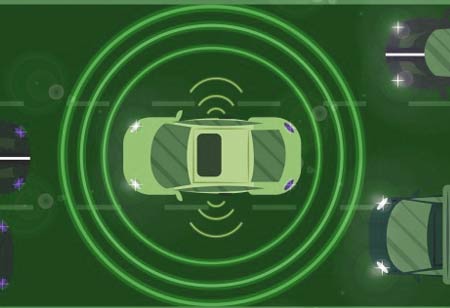Electric vehicles are rapidly changing as technology and consumer interest advance.
FREMONT, CA: Electric vehicles will increase on land, at sea, and in the air in the next few years. Electric vehicle sales in the US have increased by more than 40 percent since 2016. The biggest automobile markets will switch to all-electric vehicles by 2035, offering a glimpse of a greener future and a major economic opportunity.
Significant cost savings on running and maintenance: Gas and fuel are more costly than electricity. An electric car is less costly than a car with a combustion engine in this aspect. Charging at home is the most economical course of action.
Making batteries better: Electric automobiles and other vehicles emit no pollution while running is one of their main advantages. No fuel is consumed, and no CO2 emissions are sent into the environment since there is no combustion process.
The batteries in these cars still need to be charged with energy. Where this power comes from is an important consideration regarding sustainability and climate change. Solar panels, wind turbines, and renewable energy sources often provide clean electricity. Burning fossil fuels is a common method of generating energy in many parts of the world.
Developing a network with the right power in the right place: Energy management systems coordinate the demand and generation components of an energy system, including EV chargers, heating, and cooling systems, and lights, on a single integrated digital platform. Through Internet of Things (IoT) connection and AI-driven algorithms, this enables real-time asset health and performance monitoring. This maximizes the use of renewable energy while lowering operational costs and system investments.
The issues brought on by this transformation are only escalating as the switch to EVs is well underway and supported by growing environmental concerns, governmental laws, and financial incentives. Fortunately, AIoT-assisted technology helps us overcome numerous obstacles when used in conjunction with other hardware, industrial, and supply chain solutions. The infrastructure for charging and the user experience are both enhanced by smart charging technologies. Greater use of renewable energy is made possible through smart energy management, which enhances EV and stationary load control while lowering the likelihood of grid overload. By prolonging lifespan and reusability, battery monitoring, analytics, and recycling reduce supply bottlenecks brought by increased demand for the necessary battery materials.

 Copyright © 2025 AutoTech Outlook. All Rights Reserved | Privacy Policy | Subscribe | Sitemap | About us | Feedback Policy | Editorial Policy
Copyright © 2025 AutoTech Outlook. All Rights Reserved | Privacy Policy | Subscribe | Sitemap | About us | Feedback Policy | Editorial Policy